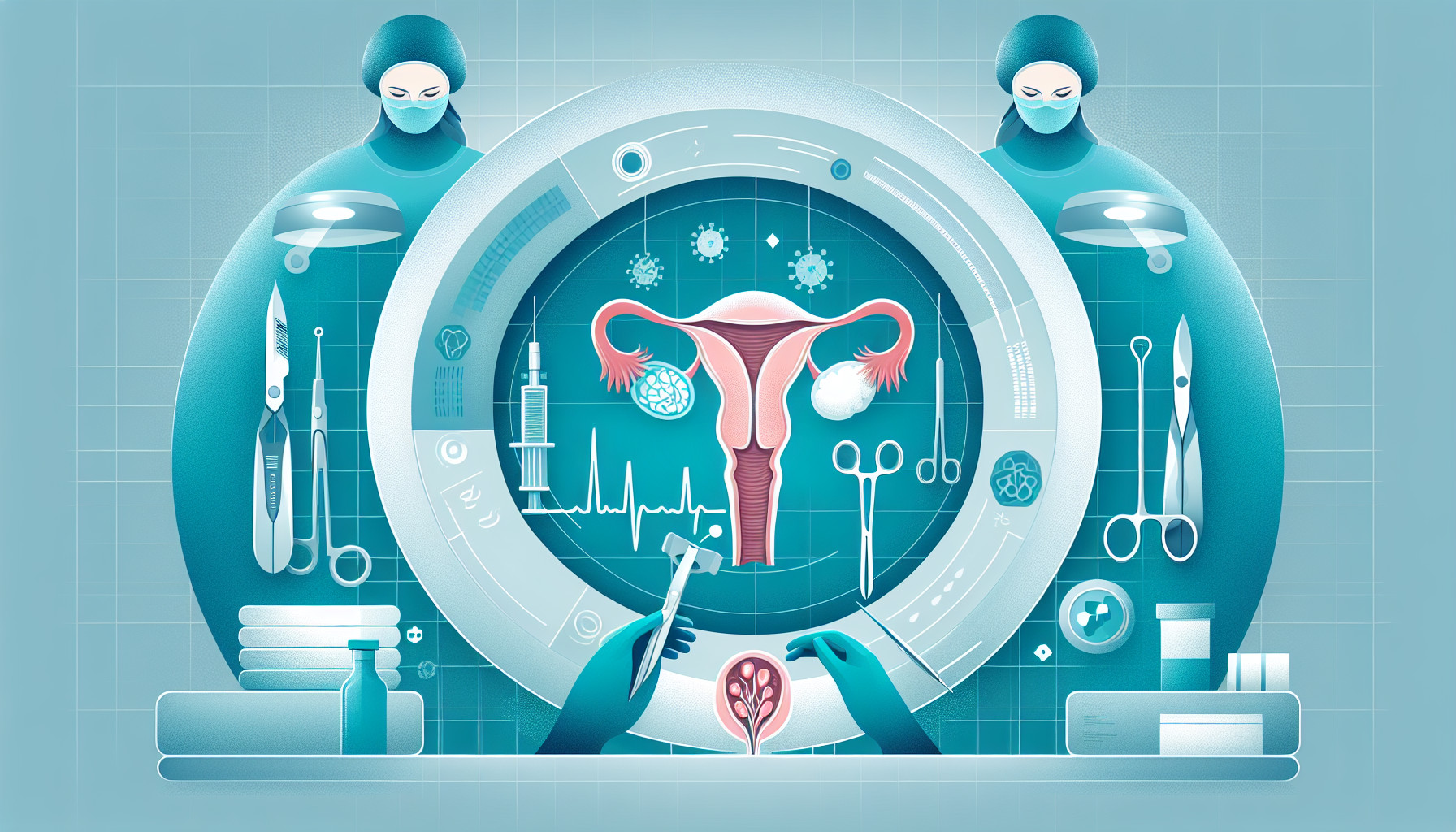Our Summary
This research paper discusses a type of brain inflammation called Anti-N-methyl-D-aspartate receptor (NMDAR) encephalitis. This condition is common in children and young adults, particularly women, and can be caused by a type of ovarian tumor called a teratoma. While neurologists are typically familiar with the condition, gynecologists may not be as knowledgeable, even though they can play a critical role in managing it.
The paper explains that the condition is likely caused by the abnormal presence of NMDAR in the teratoma tissue. If it’s not treated quickly and effectively, it can be fatal. One way to improve outcomes is to remove the ovarian tumor as soon as possible.
The paper also explains that pregnant women can develop this condition, and it seems to have a better outcome if it develops in the middle or late stages of pregnancy rather than early on. These women can often carry their pregnancies into the late stages.
The paper concludes by recommending that young women who suddenly start showing unusual psychiatric behavior should be tested for ovarian tumors. If they are found to have this type of encephalitis linked to a teratoma, they should have surgery as soon as possible to improve their chances of survival.
FAQs
- What is Anti-N-methyl-D-aspartate receptor (NMDAR) encephalitis and who is most likely to get it?
- How is NMDAR encephalitis linked to ovarian teratomas and how can it be treated?
- How does the development of NMDAR encephalitis affect pregnancy and what is the recommended course of action?
Doctor’s Tip
A helpful tip a doctor might tell a patient about ovarian cyst removal is to follow their post-operative care instructions carefully. This may include taking prescribed pain medication, avoiding strenuous activities, and attending follow-up appointments to monitor healing and ensure there are no complications. It’s also important to communicate any unusual symptoms or concerns to the doctor promptly.
Suitable For
In summary, patients who are typically recommended ovarian cyst removal include those with Anti-NMDAR encephalitis caused by ovarian teratoma, particularly young women and pregnant women. These patients may present with psychiatric symptoms and should be promptly evaluated for the presence of ovarian tumors to improve outcomes and potentially save lives. Gynecologists should be knowledgeable about this condition and work closely with neurologists to provide optimal care for these patients.
Timeline
-Before ovarian cyst removal:
- Patient may experience symptoms such as abdominal pain, bloating, irregular menstruation, and difficulty emptying the bladder.
- Patient may undergo diagnostic tests such as ultrasound or MRI to confirm the presence of an ovarian cyst.
- Patient may be prescribed pain medication or hormonal therapy to manage symptoms.
- Patient may discuss treatment options with their healthcare provider, including the possibility of surgery to remove the cyst.
-After ovarian cyst removal:
- Patient undergoes surgery to remove the ovarian cyst, either through laparoscopic or open surgery.
- Patient may experience some pain and discomfort post-surgery, which can be managed with pain medication.
- Patient may need to take some time off work or limit physical activity during the recovery period.
- Patient will have follow-up appointments with their healthcare provider to monitor their recovery and ensure there are no complications.
- Patient may experience improvements in symptoms such as abdominal pain and bloating after the cyst is removed.
- Patient may be advised on post-operative care and lifestyle changes to prevent the recurrence of ovarian cysts in the future.
What to Ask Your Doctor
Some questions a patient should ask their doctor about ovarian cyst removal for NMDAR encephalitis include:
- What are the risks and benefits of removing the ovarian cyst in my case?
- How will the surgery be performed and what can I expect during the recovery process?
- Will removing the ovarian cyst improve my symptoms of NMDAR encephalitis?
- Are there any alternative treatment options available for managing NMDAR encephalitis without surgery?
- What is the likelihood of the NMDAR encephalitis returning if the ovarian cyst is removed?
- How soon should the surgery be performed to improve my chances of a successful outcome?
- Will removing the ovarian cyst affect my fertility or hormonal balance in any way?
- Are there any specific precautions or follow-up care I should take after the surgery to prevent complications?
- How experienced are you in performing this type of surgery and what is your success rate with similar cases?
- Are there any specific tests or evaluations I should undergo before the surgery to ensure it is the most appropriate course of action for my condition?
Reference
Authors: Gu J, Chen Q, Gu H, Duan R. Journal: J Obstet Gynaecol Res. 2021 Nov;47(11):3749-3757. doi: 10.1111/jog.14984. Epub 2021 Aug 15. PMID: 34396640
